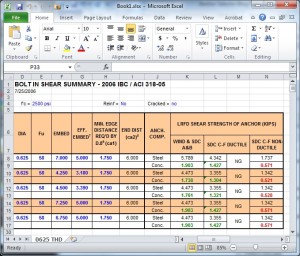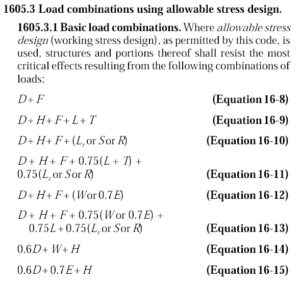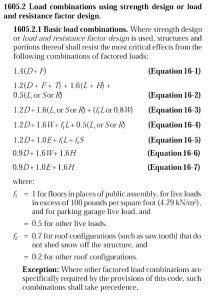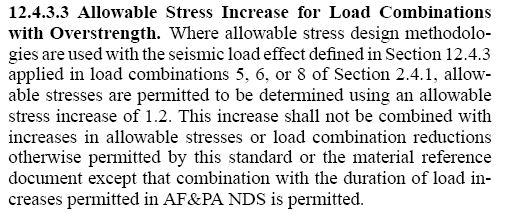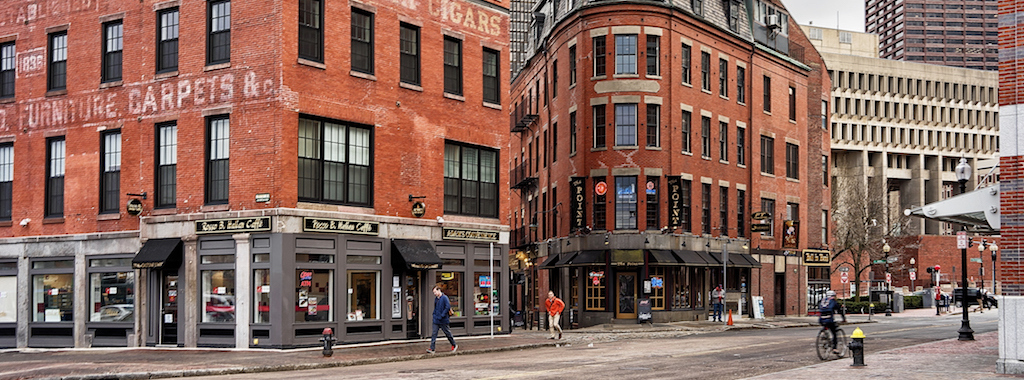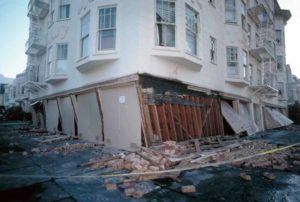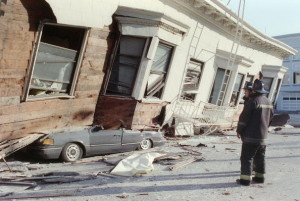Simpson Strong-Tie spends quite a bit of time monitoring the development and adoption of building codes. This effort helps us to have products available to help our customers meet the latest code requirements.
The model codes most commonly used in this country, the International family of codes, are developed by the International Code Council (ICC). ICC lists the following benefits of a uniform, modern set of codes: “Code officials, architects, engineers, designers, and contractors can work with a consistent set of requirements throughout the United States. Manufacturers can put their efforts into research and development rather than designing to different sets of standards and can focus on being more competitive in worldwide markets. Uniform education and certification programs can be used internationally.” ICC offers a statement on why the newest codes should be adopted here.
Nevertheless, for varied reasons, many states do not require adoption of uniform codes statewide. A group composed of national business and consumer organizations, corporations, and emergency management officials is trying to change that. The group is called the BuildStrong Coalition, and they believe that the statewide adoption of building codes will “protect homes and buildings from the devastation of natural disasters.”
The group offers several studies to back this idea. One of the most compelling was a study performed by the Insurance Institute for Business and Home Safety after Hurricane Charley in 2004. The study examined specific houses in the path of the hurricane and compared the damage to the year that the home was built. It showed that in homes built since the adoption of the statewide Florida Building Code, the severity of property losses was reduced by 42 percent, and the frequency of losses was reduced by 60 percent.
The coalition believes that “strong building codes provide our best first line of defense against natural disasters.” It appears that, for whatever reason, the number of disasters has been increasing of late. For example, in the 60’s, there were an average of 19 Major and Emergency Federal Disaster Declarations per year. In the 70’s, the average was 41 per year. In the 80’s, the average was 25 per year. In the 90’s, the average was 52 per year, and since 2000, the average has been 76 Disaster Declarations per year.
The coalition has been working with members of Congress on proposed legislation, the Safe Building Code Incentive Act, which would give states an incentive to adopt and enforce statewide building codes. Rather than mandate state action, the Act would reward states that adopt and enforce nationally recognized model building codes for residential and commercial structures with eligibility for an additional 4% of disaster relief aid after their next disaster strikes.
The Act was recently reintroduced by Senator Menendez and Representative Diaz-Balart. You can read a press release on the reintroduction here.
– Paul
What are your thoughts? Visit the blog and leave a comment!

